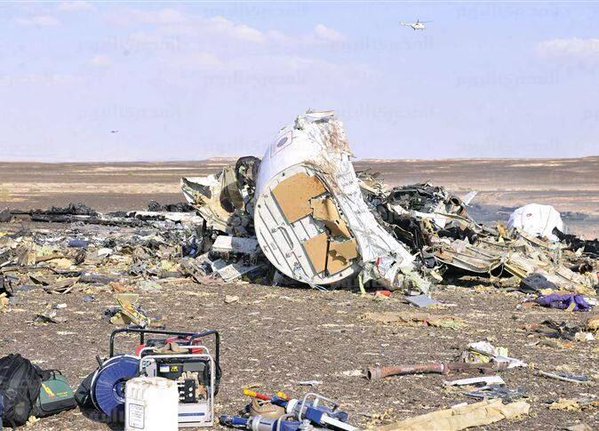IATA: Terrorism and suicide remain problems
15 February, 2016
4 min read


The airline industry's leading association has warned that there are no easy solutions to pilot's mental health or terrorism that brought down two aircraft killing 374 last year.
Yesterday the International Air Transport Association (IATA) issued its report card on airline safety and claimed that last year was one of the safest on record but it cautioned that there are still problems in countries such as Africa and parts of the CIS.
Last year there was one major passenger jet aircraft accident for every 3.1 million flights which was a 30% improvement compared to the previous five-year rate (2010-2014) of 0.46 hull loss accidents per million jet flights.
The 2015 jet hull loss rate for members of IATA was 0.22 (one accident for every 4.5 million flights), which outperformed the global rate by 31% and which was in line with the five-year rate (2010-2014) of 0.21 per million flights but above the 0.12 hull loss rate achieved in 2014.
IATA says that the loss of Germanwings 9525 (pilot suicide) and Metrojet 9268 (suspected terrorism) that resulted in the deaths of 374 passengers and crew are tragedies that are not, however, included in the accident statistics as they are classified as deliberate acts of unlawful interference.
Tony Tyler, IATA’s Director General and CEO said that 2015 in terms of the number of fatal accidents, it “was an extraordinarily safe year.”
“The long-term trend data show us that flying is getting even safer. Yet we were all shocked and horrified by two deliberate acts--the destruction of Germanwings 9525 and Metrojet 9268.”
Mr Tyler warned that “while there are no easy solutions to the mental health (of pilots) and security issues that were exposed in these tragedies, aviation continues to work to minimize the risk that such events will happen again."
Safety by the numbers:
• More than 3.5 billion people flew safely on 37.6 million flights (31.4 million by jet, 6.2 million by turboprop)
• 136 fatalities compared to 641 fatalities in 2014 and the five-year average of 504. Including those who lost their lives in Germanwings 9525 and Metrojet 9268, the 2015 figure was 510.
• 68 accidents (all aircraft types), down from 77 in 2014 and the five-year average of 90 per year
• Four fatal accidents (all aircraft types) versus 12 in 2014 and the five-year average of 17.6
• 6% of all accidents were fatal, below the five-year average of 19.6%
• 10 hull loss accidents involving jets compared to 8 in 2014 and the five-year average of 13 per year
• Zero jet hull loss accidents involving passenger fatalities, down from three in 2014, and the five-year average of 6.4 per year.
While most regions improved their safety Africa (3.49) and the Commonwealth of Independent States remain problem areas.
Mr Tyler said that airlines on the IATA Operational Safety Audit (IOSA) Registry experienced only 4 jet hull loss accidents (none fatal) and one fatal turboprop hull loss accident.
The total accident rate (all aircraft types) for IOSA-registered carriers was nearly three times as good as the rate for non-IOSA carriers (1.14. vs. 3.23) last year; and over the five years 2010-2014, the rate is more than three times better (1.48 vs. 4.99).
As of 12 February, 408 airlines were on the IOSA registry. For IATA’s 262 member airlines, IOSA registration is a requirement. That some 146 non-member airlines are also on the registry is evidence that IOSA is the global benchmark for airline operational safety management.
"Now in its 13th year, IOSA continues to be recognized as the gold standard for airline operational audits. In 2016 we will continue to tweak IOSA to ensure we are maintaining the highest standards of quality assurance in the audit process," said Tyler.
IOSA is a major part of the AirlineRatings.com safety rating system which is endorsed by aviation’s governing body the International Civil Aviation Organisation (ICAO).
.
Get the latest news and updates straight to your inbox
No spam, no hassle, no fuss, just airline news direct to you.
By joining our newsletter, you agree to our Privacy Policy
Find us on social media
Comments
No comments yet, be the first to write one.


